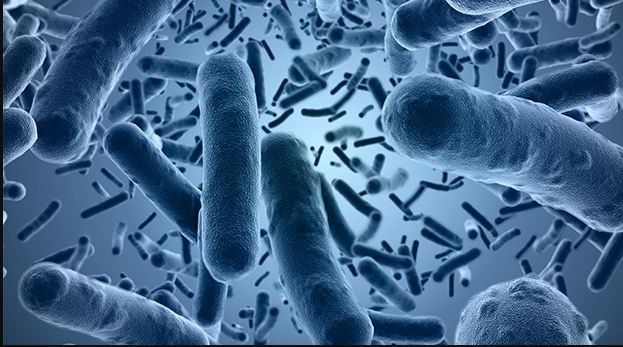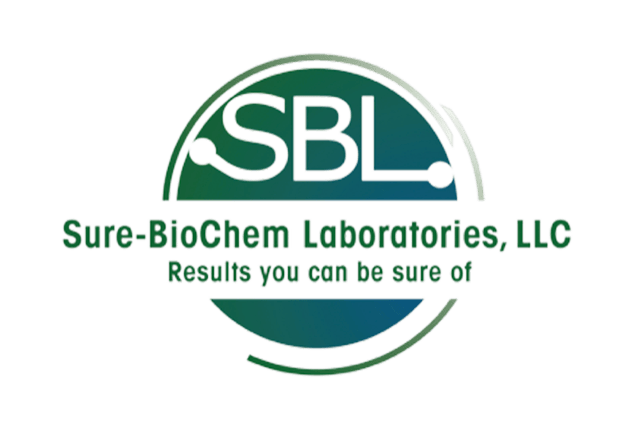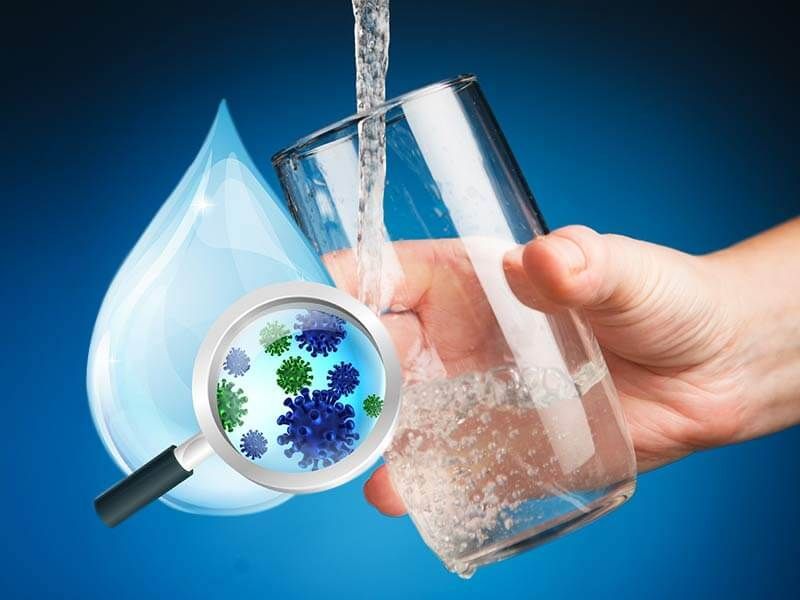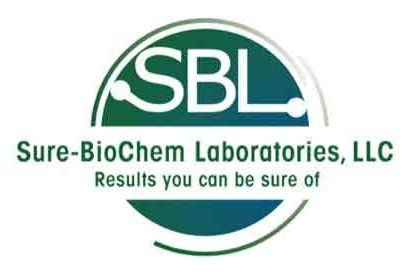From Health Problems to Product Recalls, Poor Air Quality is the Culprit
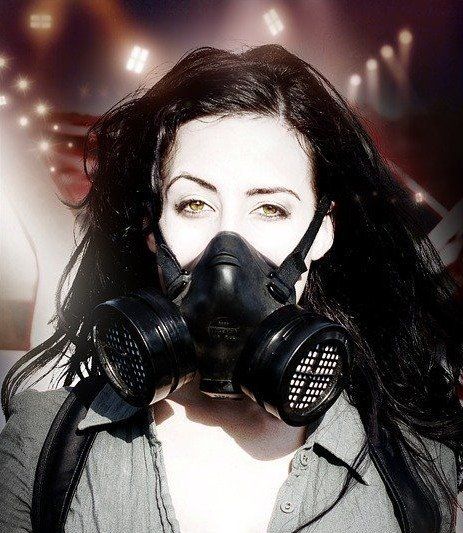
Indoor air quality reductions are often induced by a wide array of factors corresponding to living (biotic) and non-living (abiotic) factors. In many instances these biotic and abiotic factors amalgamate to create issues that are greater than the sum of the individual factors acting alone. Nowhere is this more evident than in the environmentally induced growth of mold in inconsistently cooled and dehumidified indoor environments.
In many industries, central heating and cooling systems are the essential component of maintaining a viable production, manufacturing and working environment. However, these central heating and cooling systems are often expensive to install and require extensive maintenance schedules that often go unfulfilled [3]. As such, a growing number of businesses, as a cost saving measure, are returning to the use of decentralized heating, ventilating and air conditioning systems (HVAC) that only effectively and reliably work within an area of few feet from the HVAC systems [3,4]. Implementation of such systems often results in a higher prevalence of stagnant air conditions in areas that are far removed from the decentralized HVAC [1].
During the colder months, having an increased prevalence of stagnant air conditions poses no significant biotic threat to the building or the employees, as most microbes are cold intolerant [2]. However, these stagnant air conditions in the colder months do bring with them a greater propensity of decreased air quality conditions [1]. The World Health Organization (WHO) categorizes businesses and buildings being affected by decreased air quality standards as having “sick building syndrome” [5]. Sick Building Syndrome (SBS) is defined as “an excess of work-related irritations of the skin and mucous membranes and other symptoms, including headache, fatigue and difficulty concentrating caused by poor air quality standards, in modern office buildings” [4,5].
In the warmer months, the effects of these poorly maintained centralized HVAC systems or their decentralized counterparts often results in increased humidity and temperature within the workspace. Increases in humidity and temperature provides the perfect breeding ground from fungal growth and subsequent possible fungal sporulation events [3,5]. These sporulation events, compounded with the higher incidences of abiotic PM2.5 particulates leaching into workplaces during the warmer months, significantly reduce both the air quality and the prospective health of employees in that environment [2]. The combinatorial effect of these biotic fungal growth events and the abiotic PM2.5 leaching into the building often results in many adverse health conditions like coughing, wheezing, skin and eye irritation, cardiovascular stress and cancer in chronic cases [5].
Within the medical, biotech and pharmaceutical industries where sterility and quality assurance is critical to production, having these biotic fungal sporulation and abiotic PM2.5 events severely affecting indoor air quality can be a cause avoidable product recalls and audits that can consequently hinder future production efforts [5]. Organizations like the World Health Organization (WHO), the Environmental Protection Agency (EPA) and the Centers for Disease Control (CDC) advise having a verifiable standard of air quality and microbial burden testing year-round [3,5]. Having your workspace and products certifiably accredited for sterility by a verified laboratory like Sure-BioChem Laboratories goes a long way to protecting your employees, customers and your investment.
Sure-BioChem Laboratories specializes in providing testing and certification that is industry and federally approved. Our experienced team specializes in testing for particle counts, HEPA filter integrity testing, airflow volume/velocity, establishing fungal detection protocols, temperature and year-round microbiological monitoring.
For more information regarding your air quality testing contact Sure-BioChem Laboratories for your microbial monitoring consultation today at 888-398-7247.
Sources:
1. Bomberg, Mark, and Fred Andreas. "The energy conundrum of modern buildings." Frontiers of Architectural Research 2.4 (2013): 500-502.
2. Maddalena, R., et al. "Effects of ventilation rate per person and per floor area on perceived air quality, sick building syndrome symptoms, and decision?making."Indoor air 25.4 (2015): 362-370.
3. Rocha, C. A., et al. "Characterization of Indoor Air Bioaerosols in an Electrical Headquarter Building." Indoor and Built Environment 22.6 (2013): 910-919.
4. Visagie, C. M., et al. "Aspergillus, Penicillium and Talaromyces isolated from house dust samples collected around the world." Studies in mycology 78 (2014): 63-139.
Zamani, Mohd Ezman, Juliana Jalaludin, and Nafiz Shaharom. "Indoor air quality and prevalence of sick building syndrome among office workers in two different offices in Selangor."American Journal of Applied Sciences 10.10 (2013): 1140-1147.
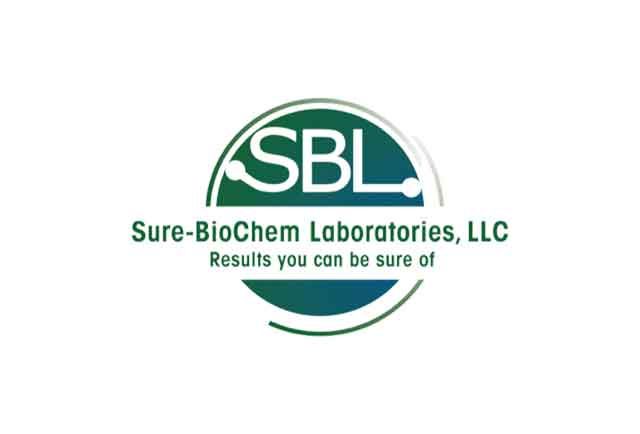
Need Our Help? Fill Out a Service Request Today!
We're here to assist you with all your needs. Please complete our service request form to ensure we provide the best possible service.
It's quick and easy—tell us a little about your request, and our team will reply promptly. We look forward to serving you!
Blog Contact Page
